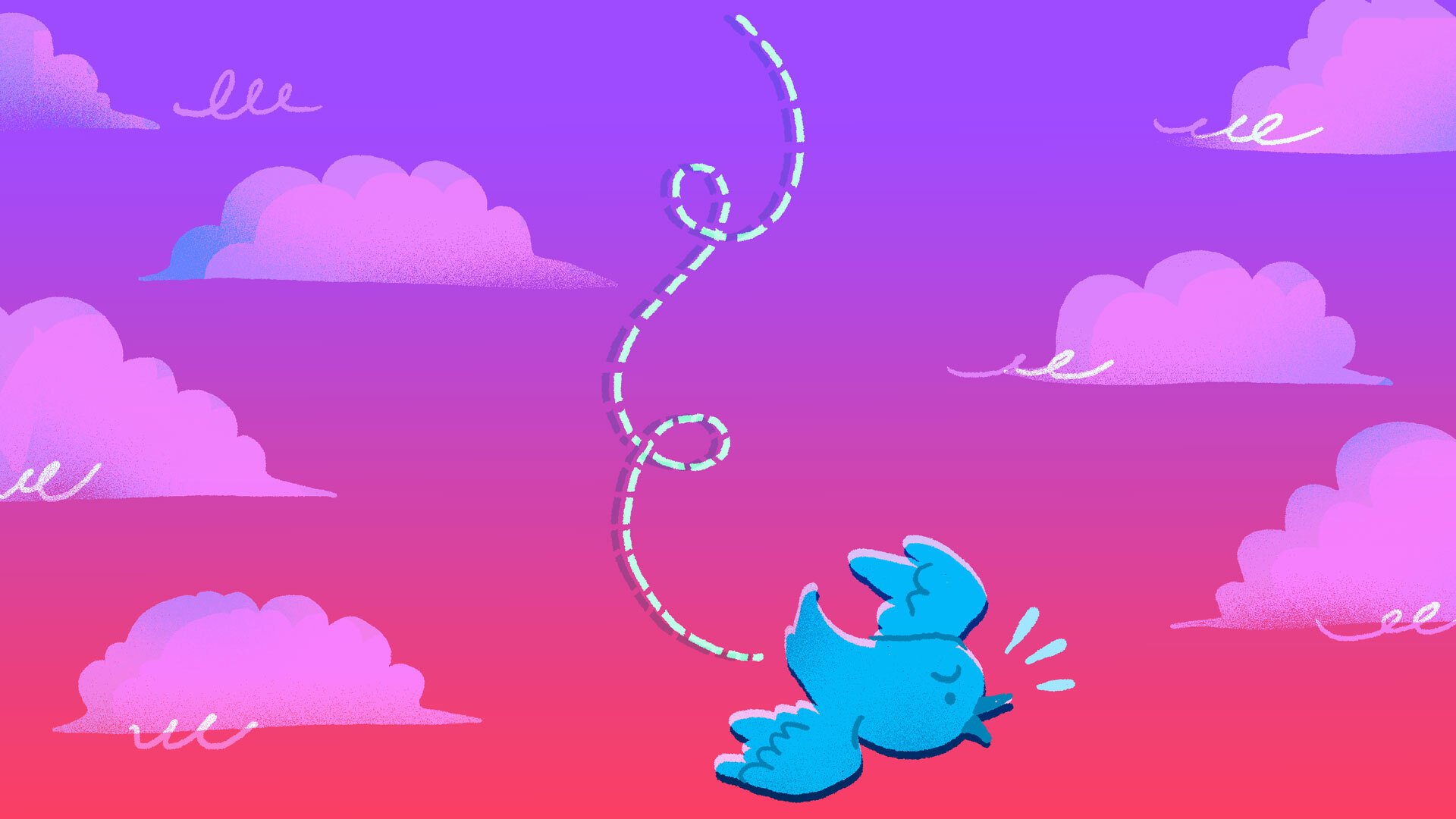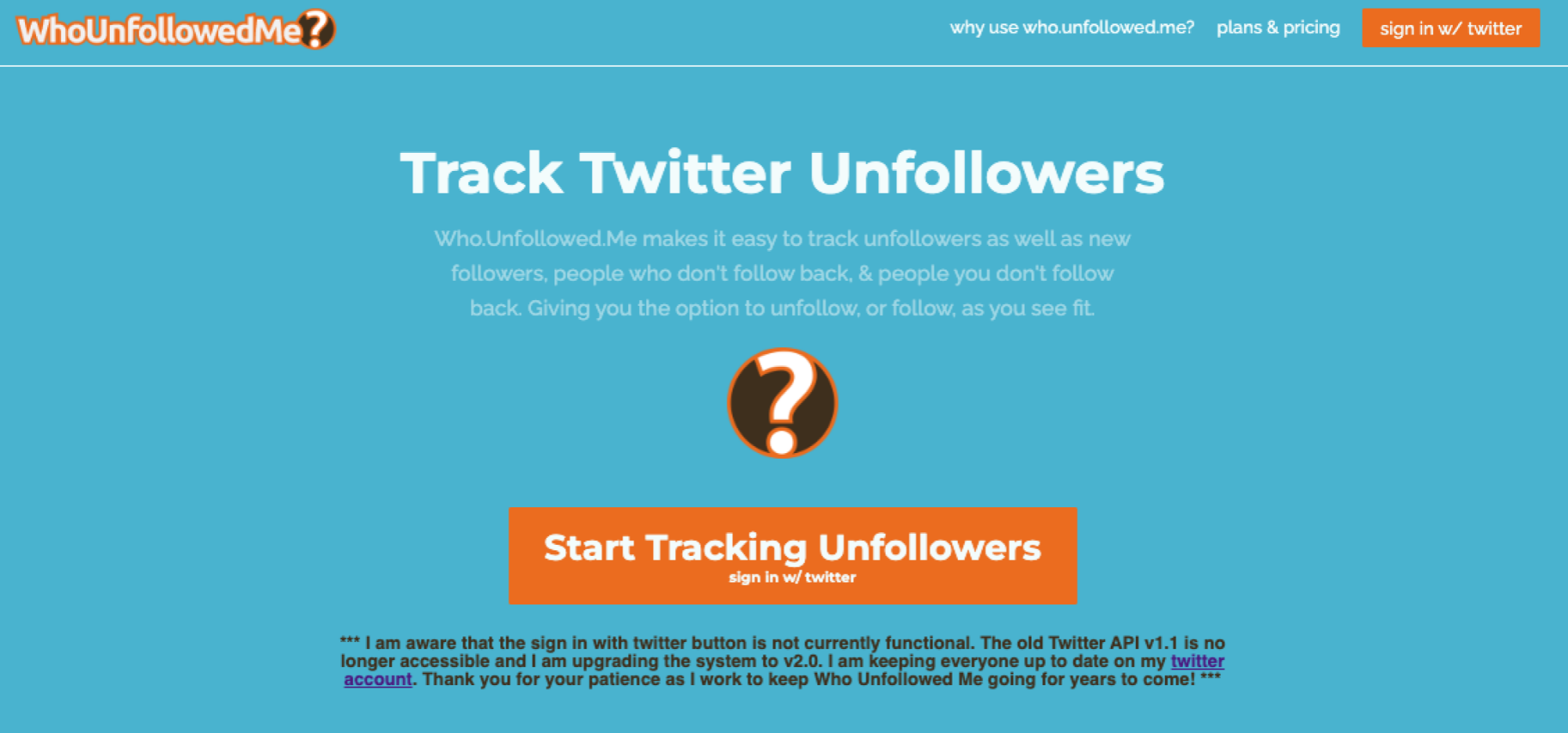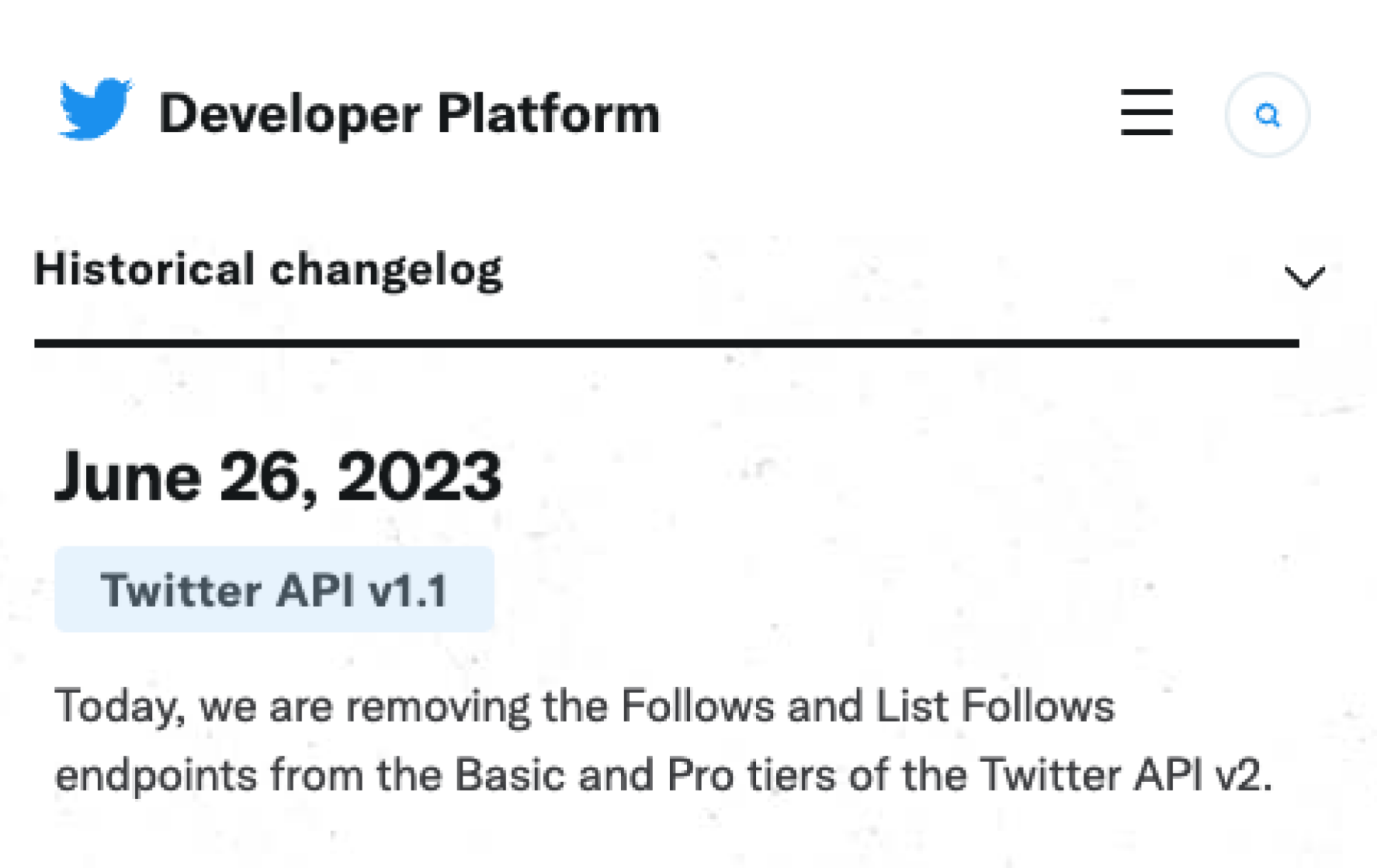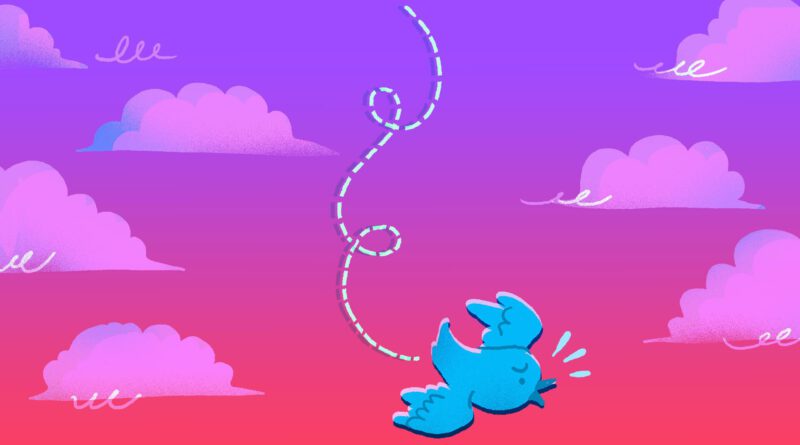Twitter’s API keeps breaking, even for developers paying $42,000

Twitter’s new API may now cost tens of thousands of dollars per month, but the service being provided to its customers appears to be worse than ever.
That’s the general sentiment among developers who are still part of the once-robust third-party Twitter app ecosystem. According to developers paying Twitter, since the switch over to Elon Musk’s paid API subscription plans, Twitter’s API has experienced frequent issues that make it extremely difficult to run their apps.
Twitter’s API issues have frustrated developers in each of Twitter’s new API access tiers. Those with Basic or Pro plans — paying $ 100 and $ 5000 a month for API access, respectively — have experienced unannounced changes to their plans, numerous bugs, and often receive zero customer support. And developers shelling out for Twitter’s Enterprise API Plan, which starts at $ 42,000 per month, are experiencing sudden outages and disappointing service considering the money they’re paying.
“Everything used to work fine before we started paying half a million per year,” shared one developer in a private Twitter developer group chat shared with Mashable.
Before Elon Musk, Twitter was known for having a robust third-party developer ecosystem. Apps providing users with everything from entertainment to useful business utility flourished on the platform. Now, though, those third-party developers are leaving Twitter behind in droves. And the ones who are forced to stick around because they’ve already built a company on top of it are wondering when Twitter will eventually make the changes that will break their app and destroy their business.
The collapse of Twitter’s once burgeoning third-party ecosystem
Who Unfollowed Me is a popular Twitter app that tracks a user’s unfollows. It’s likely one of the oldest, active third-party Twitter apps. It has been around for nearly a decade and a half. At present, Who Unfollowed Me boasts 150,000 monthly active users with 1.4 million total users over the last 12 months.
“The API has been stable for the better part of 13 years,” its creator, Collin Robinson, told Mashable.
But then on June 13, Who Unfollowed Me suddenly broke.

According to Robinson, Twitter had not communicated to developers clearly that it was going to completely remove the old Twitter API when it switched over to Musk’s version of the API with the new paid plans. In Twitter’s communications about the switch, the company said the old API would be “deprecated,” which led some developers to believe that the old API would remain accessible to its existing users, but that Twitter would just not provide support or updates for it anymore. Many were left scrambling to fix their apps after Twitter completely cut the old API off.
Robinson had to rewrite “every call” he had going to the API after the switch, a process that took about two weeks to complete.
On June 26, Who Unfollowed Me was finally ready to relaunch after all the rewrites. But then Twitter suddenly removed the followers and following endpoints from the API. These endpoints provide Who Unfollowed Me and other third-party apps with the follower and following list on a user’s Twitter account. Without access to these endpoints, a Twitter follower-tracking app like Who Unfollowed Me will not function.
Robinson learned about the change from another developer. “Someone noticed the GET calls for user/:id/followers and user/:id/following were no longer part of the accessible APIs for basic or pro users,” Robinson told me on Wednesday, referring to the API functionality that allowed third-party apps to access a users’ follower and following lists. “It wasn’t until Wednesday that they were removed from the official API reference index. All the while there is no word from @twitterdev, even though they posted a few times in the forums. There is nothing in the changelog either.”
Robinson was hopeful that Twitter would provide some sort of update on the situation and he’d still be able to make Who Unfollowed Me work. Then on Thursday, without any notification and four days after the endpoints disappeared from the API, Twitter finally updated its changelog.

“Today, we are removing the Follows and List Follows endpoints from the Basic and Pro tiers of the Twitter API v2,” it reads. This means that unless a developer is paying a minimum of $ 42,000 per month, the Twitter API will not provide an app with the follower and following information.
It signals the end of Who Unfollowed Me and any other third-party app like it.
“It’s been a good 14 year run,” Robinson told Mashable after the changelog update on Thursday. “Sad to see it end this way.”
“Today, I’ll go ride my bike with my triathlon team and get curious about what’s next for me,” he continued.” “Tomorrow, I’ll get up and start something new.”
Developers are jumping ship from Twitter
Many developers have shared both publicly online and in private emails and group chats viewed by Mashable that the Twitter API will mistakenly suspend their apps or remove apps from projects within the API platform. Some have experienced this on a near-weekly basis since April, when the paid API subscription tiers first launched. Developers have also experienced issues such as their plans’ rate limits suddenly being changed as well as endpoints breaking, which cuts off communication from their third-party app to the Twitter platform.
Even worse, major issues with Twitter’s API appear to be changes that are intentionally made with zero regard for the developers paying them specifically for those API features. Developers have complained that Twitter doesn’t even notify them of these changes and they often don’t find out until their app breaks.
Mashable has heard these frustrations directly from paying Twitter API users who have reached out, in messages from developers sent in private developer groups, and in publicly available tweets. Twitter’s public developer community forum is also filled with developers requesting help when Twitter’s API breaks. Those requests often go unanswered.
Before Twitter made its follower endpoint changes official, developers on the Twitter developer community forum were expressing their frustration:
“@TwitterDev, please make this clear whether it is a bug or change of service?” wrote one user. “If the latter, we will stop paying for the API as this is our major use case and paid API becomes waste of our money and become completely useless!”
“Is this some kind of joke? I paid $ 100 specifically for this endpoint, and now it’s deprecated?” posted another. “This is a fiasco. It feels as though they’re managing a small-scale business with a mere ten employees, not a technology company.”
Now that these developers know the follower endpoint is no longer included in their API package, some are considering issuing a chargeback to Twitter via their credit card for services unrendered.
“This is ridiculous,” posted one developer. “I want my money back!”
The problems started with Elon Musk
One of the first major changes Musk made after acquiring Twitter last year was to shut down the company’s generous free API offering for third-party developers and researchers. Twitter soon moved to a paid model, which many were still willing to subscribe to.
That is, until they found out how much it cost: $ 42,000 per month. This pricing model resulted in the shuttering of many Twitter-based apps that simply could not afford the new exorbitant model. Musk initially promised that there would be an exception for Twitter’s “good” bots, which do not generate revenue and just provide services to Twitter’s users. But that exception never materialized for some, and many of these bots have also since shut down after dealing with Twitter API issues. (Twitter does have an extremely limited $ 100 plan, which many developers say is unusable for most applications because many features are not included and the limits are too low for the ones that are. The company has also since rolled out a new $ 5,000 a month API tier, which is still out of reach for many indie developers.)
“This has been a tough journey building on top of the Twitter API since Elon Musk took over,” Paul-Louis Hery of Unfollow Monkey told Mashable.
Like many developers, Hery’s problems started in April when Twitter officially rolled out its new paid API platform.
“The app got suspended as a way to force us to get a paid plan,” he said. “So I paid the plan, $ 100 per month, no customer service, nothing clear.”
But the service provided by Twitter for even paying users like Hery was chaotic at best. Hery said his app would just stop working during the middle of the night after it would be randomly removed from a Twitter API “app project,” which basically tells the API which app to give access to. The company would lower limits for features in paid plans without notification.
“It used to be 15,000 DMs per app per day, now it’s 500,” Hery told me. “At the beginning I thought it was a bug, there was no announcement, and took a few days to realize it was not a bug. Because the paid subscribers relied on DMs to receive their notifications, I decided to stop the subscriptions and refund everyone.”
One developer who reached out to Mashable via email shared how Twitter removed API endpoints earlier this month for block lists. There use to be complete apps based around helping users manage their block lists. Many have since shut down as they can no longer function after Twitter decided to remove the API endpoint that allows third-parties to access users’ blocks.
Now the same thing is happening to apps that depended on the follower endpoints too.
Like Robinson of Who Unfollowed Me, Hery of Unfollower Monkey had just rebuilt his platform. Hery removed the DM feature due to the new reduced rate limits, still holding out hope he could work within the confines of Twitter’s new paid API plans. Then the follower and following endpoint issue hit.
“So my side project seems dead,” Hery said.
“People [in the Twitter developer community forum] whose companies leverage that feature don’t know what to tell customers, whether to give refunds, what to tell employees and their families,” Hery continued. “I don’t know how Elon wants to make an ‘everything company’ without the developers, brands, and people on his side.”
Developer Thomas Shulz shared that Twitter’s most recent API issues involving its follower and following endpoint have created problems for the app he is working on called DirectorySF.
“I’m building an app that helps people in tech find housing,” Shultz said in a message to Mashable. “Part of what makes this app useful is showing people the following overlaps. That’s how you can tell whether or not to trust someone and/or find like-minded housemates. Without this feature, we have to figure out another method to show social proof which is harder to do.”
Luckily for Schulz his app hasn’t yet gone live.
“We haven’t launched yet, so I don’t have it as bad as other people that are paying thousands of dollars a month and losing paying customers,” he explained.
Others, like Robinson and Hery, haven’t been as lucky.
All of these issues are further compounded by the fact that Twitter API customer support is not only unresponsive to specific problems but oftentimes seem completely nonexistent, according to developers who have shared these issues. Simple matters may take days to get resolved, major problems take weeks to get fixed – if the issue is even resolved at all.
And in the case of these endpoint removals, Twitter has made the choice to not even communicate deliberate changes to its paying customers at all. The company offers no notification to users so that they can attempt to reach out for clarifications or to report bugs. Developers often find out about Twitter API-related issues from their own users seeking help when something breaks.
“I am paying the $ 42,000 / month sub… and still, our API access got randomly cut off,” tweeted TweetHunter cofounder Tibo Louis-Lucas in the early morning this past Saturday, sharing that the same issue occurred just weeks earlier.
Social media management app Publer, which also pays for Twitter’s Enterprise API plan, shared with Mashable that it had experienced similar API issues in the past.
However, TweetHunter and Publer appear to be outliers as they appear to be among the few companies that have managed to actually get help from Twitter support. Both say Twitter’s API integrations are currently working for their respective apps at the time of publication. Both also pay for the $ 42,000 per month plan but it’s unclear if that played a role.
“The wild thing about all this is that this all seems to be screwing over developers who are paying up to $ 5,000 per month for API access and none of them even have support contacts to ask why this is happening,” one developer told Mashable. “If this isn’t high enough priority for Twitter to dedicate its developers [to]…what are they working on?”
“[Twitter] assured us their #1 priority was to re-establish the stability we were used to…before we started paying $ 42,000 per month,” one startup founder told Mashable, adding a cry-laughing emoji.
